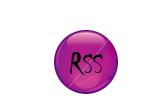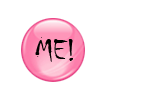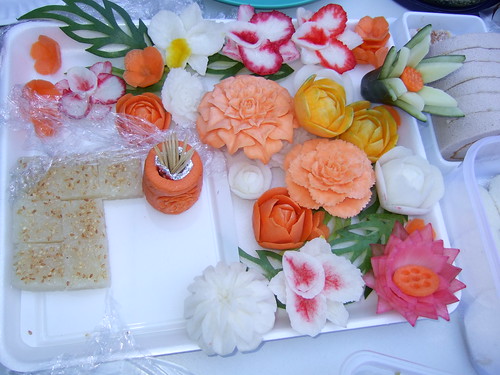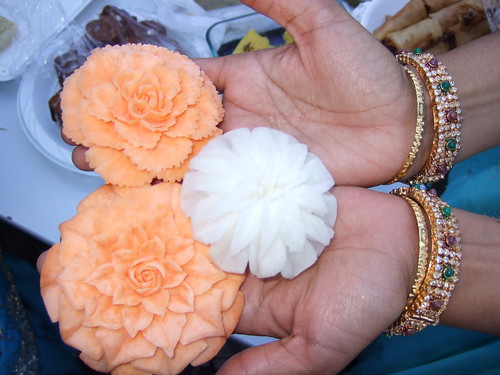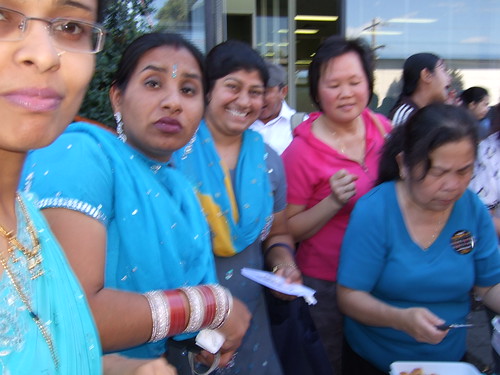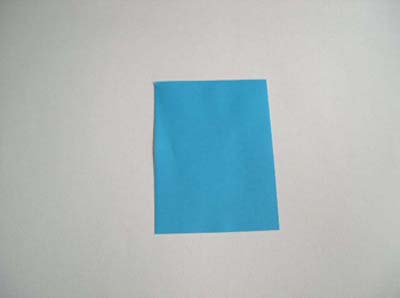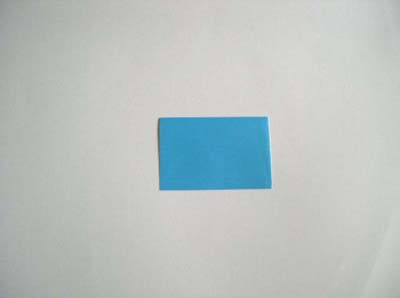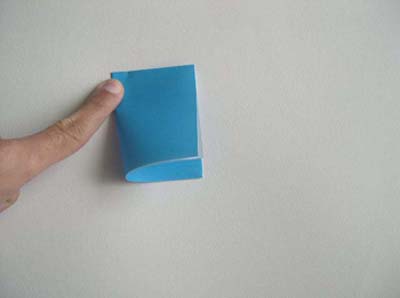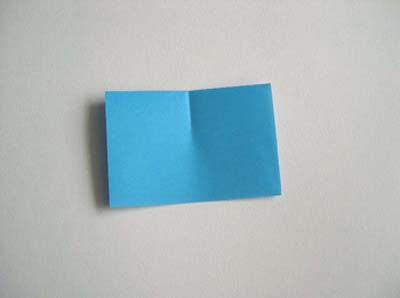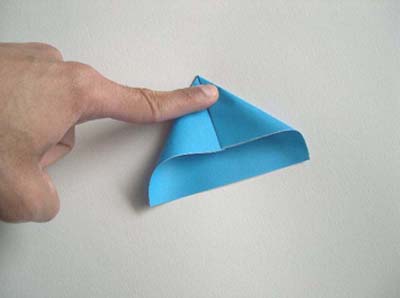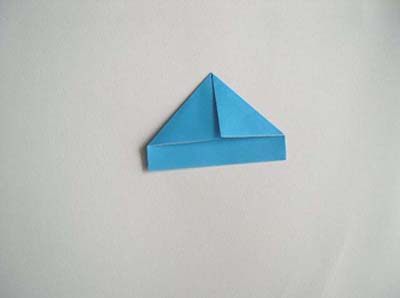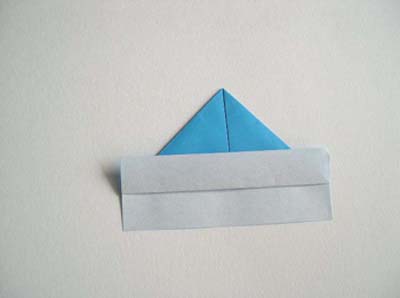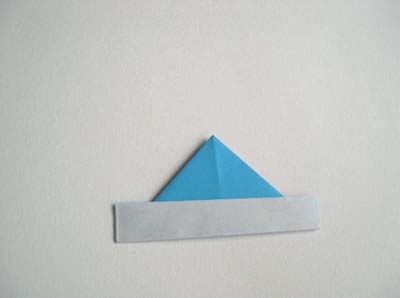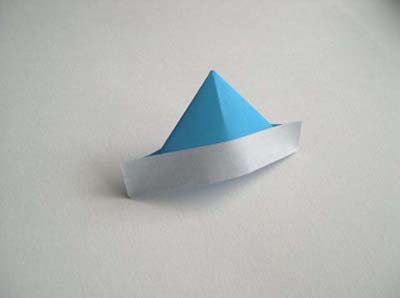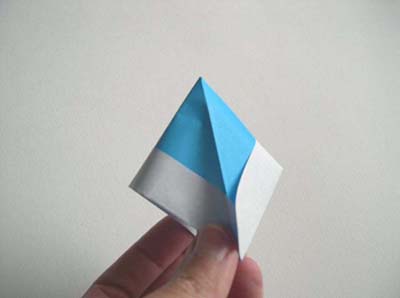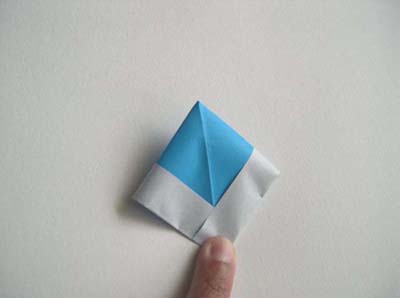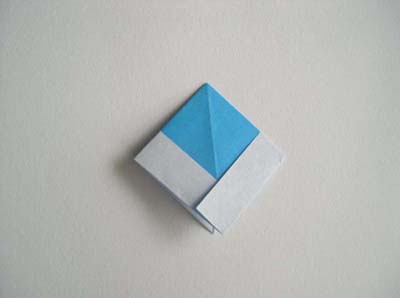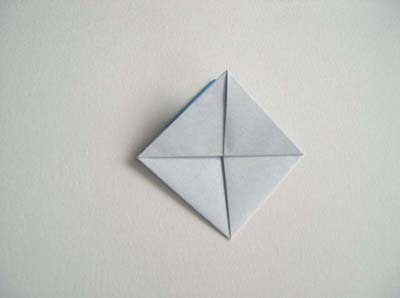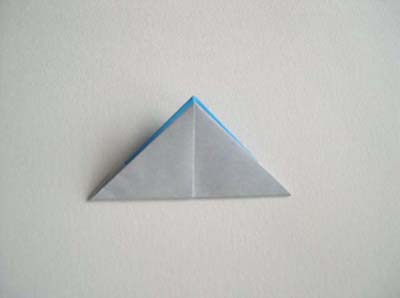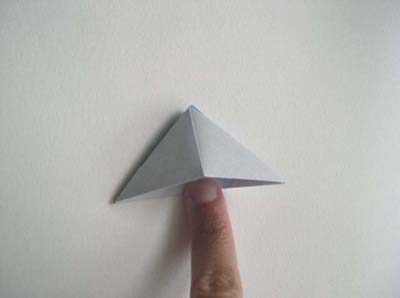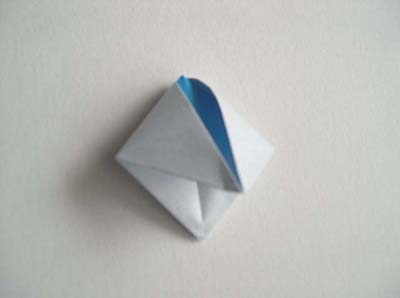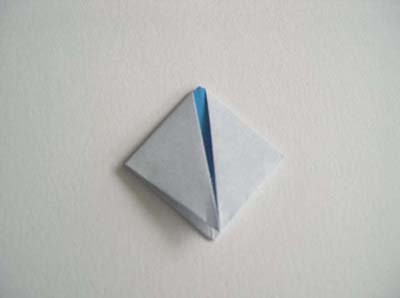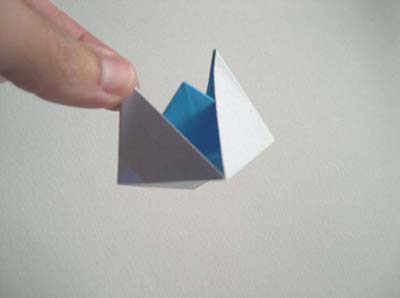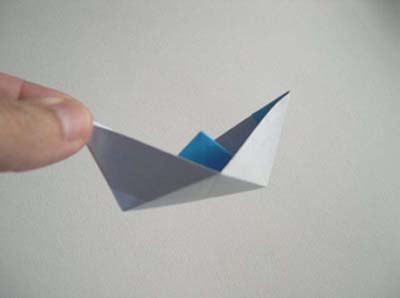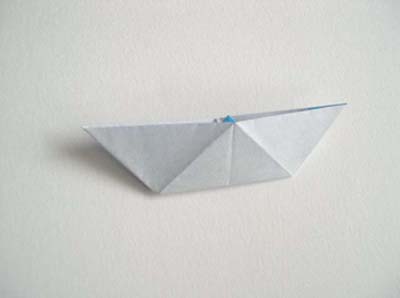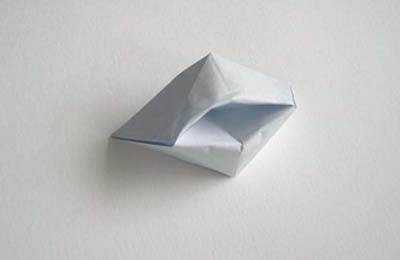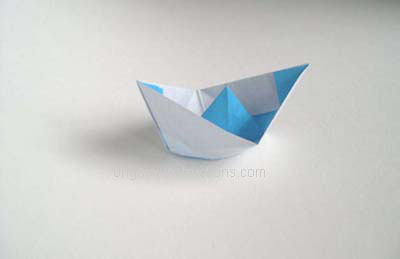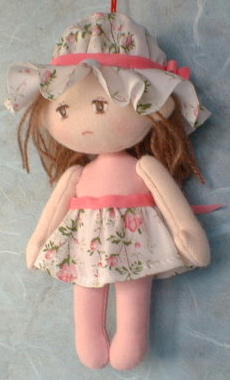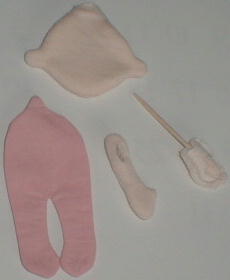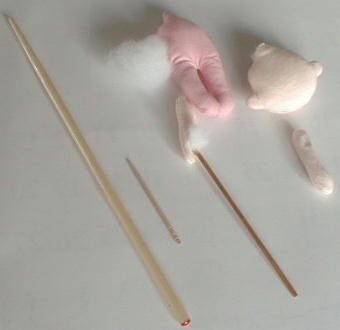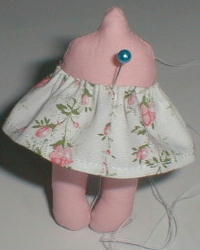
When many people think of sewing things, they often believe that they need a pattern. However, when you are sewing a basic pillow, there is no need for one (because it is extremely simple). This article will show you how to make a basic square or rectangular pillow.
test
Steps
- Decide how big your pillow is going to be. If you are going to use stuffing, it can be any size you want. But for our project the dimensions will be ______inches square.
- After double checking on the measurements, add a half inch to each side to allow for a quarter-inch seam on all four sides. This means you will add 1 inch to the size of the pillow.
- Mark your measurements, and then cut the fabric to size.
- Put the right sides of the fabric together. Pin the fabric together around the edges with pins pointing to the center.
- Sew around the edges with a half-inch (width of the presser foot) seam allowance, leave your opening in the middle of one side. Leaving a large enough opening to insert stuffing. To reinforce the seams, zig zag around the edges, especially if you are sewing smaller seams.
- Turn your fabric right-side out and insert stuffing. Turn the edges of the opening under slightly and sew it together using a whip-stitch. Make sure that the thread matches the fabric so it blends in and is not seen. You now have a beautiful pillow.
- Measure twice, cut once!
- Cotton fabric is best if you are a beginner.
- Look online and in sewing books for ideas on how to use ribbon, buttons, and piping in your pillows.


Read more...


